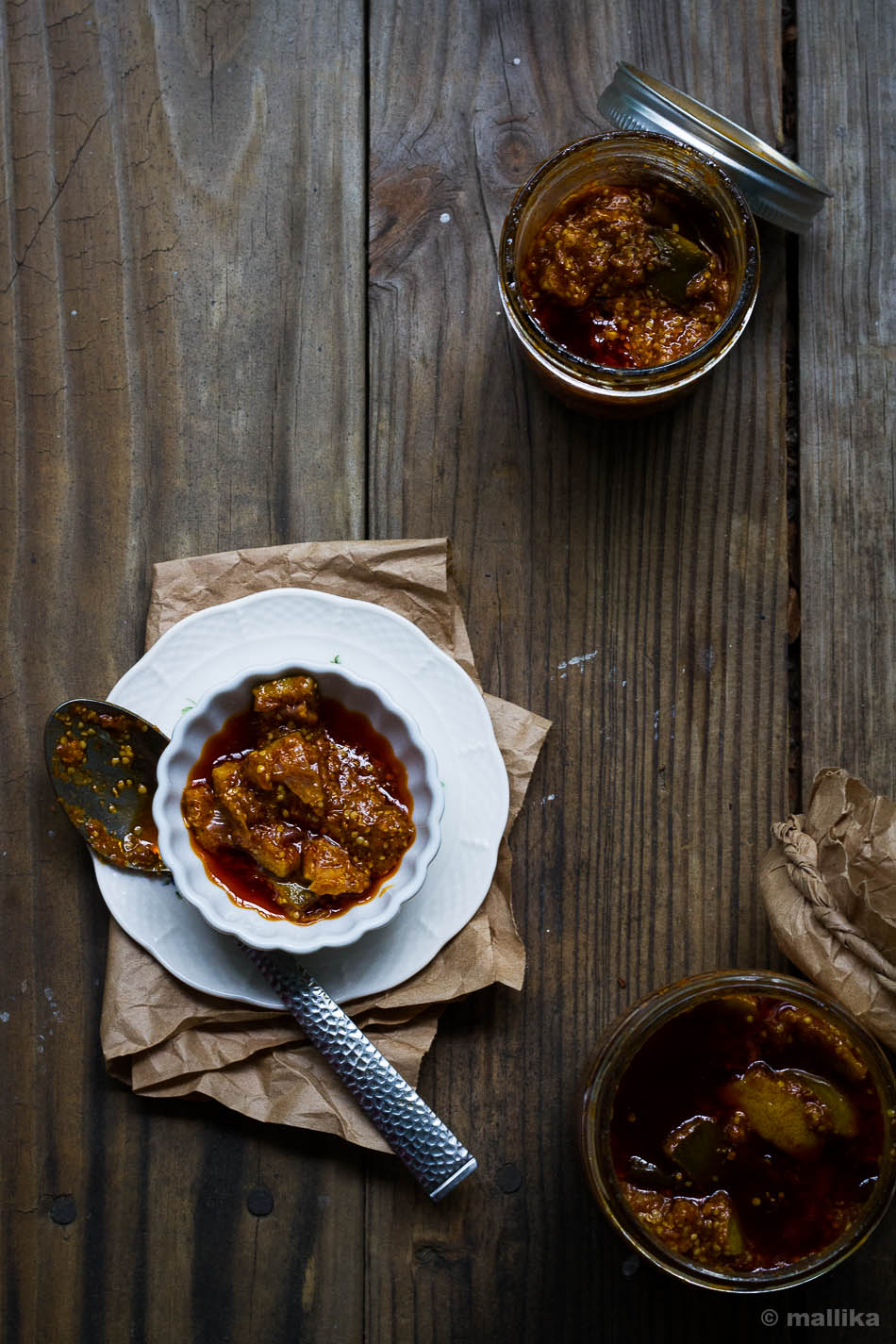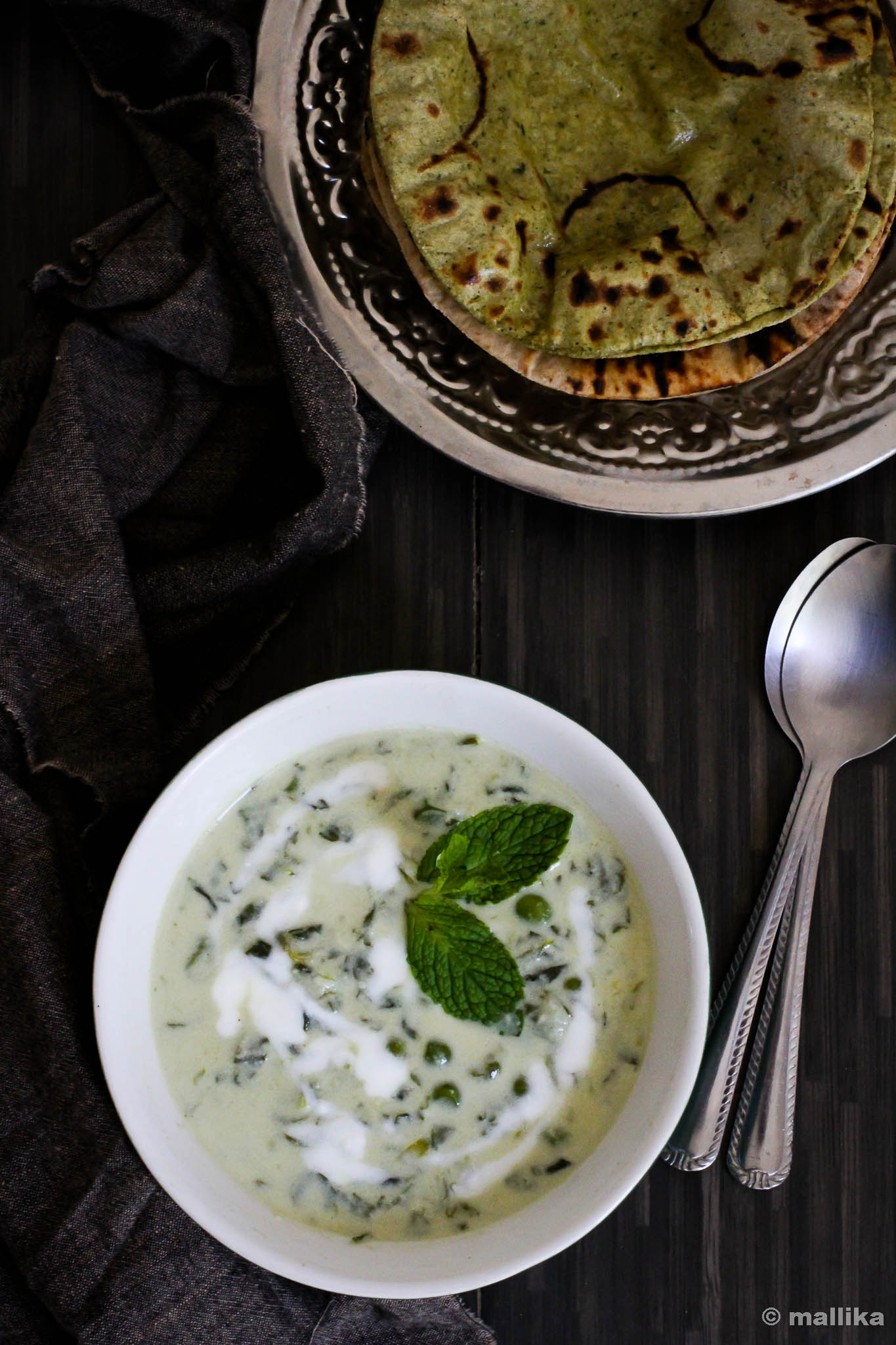We are getting past the summers, which simply to me signifies the end of mango season. The rains will kick in hopefully, which officially is June, yet we’ve not had the first showers, blame the climatic changes, cite environment reasons or simply the delay. Even as I look forward to the much indispensable rains, I am mourning at the end of summers. I have a heart ache as I frantically look around for the disappearing Alphonsos, only to find they are almost end of season. Our splurge in mangoes will soon come to a slow end. Sigh!
This season we raced on mangoes boisterously. We’ve had a good dose, real good if I can say so, still I can’t seem to get enough of it. In all honesty they were never used in any desserts, never adulterated, only stripped and eaten pure. So this space was left void of any mango desserts as you can see. While I’ll be welcoming jackfruits, jamoons, watermelons, guavas and papayas warmly this monsoon, a part of me does not want to bequeath this vibrant summer fruit. These sweet, succulent, juicy, sun kissed ocher-shaded luscious fruits that made our faithful summer indulgences will be missed till next summer.
While these seasonal beauties are fading away from the market, I found my answer in the Aam Murabba, a preserve made from raw mangoes that can stay well for a long time. I found solace that I could still relish some real mangoes in form of preserves long after mangoes have washed-out from the season. Unlike the ones where that are artificially flavored with synthetics, are tooth-achingly sweet with deep ambers from synthetic coloring and taste very little close to the real mangoes, these are mild, tart and deliciously fragrant.
A murabba is an Indian jam, grated tart mangoes in a sweet suspension of sugar syrup, often warmly spiced and flavored with cardamom and/or spices.
Aam Murabba / Mango Jam
INGREDIENTS
2 cups raw mangoes, grated (Totapuri mangoes used here)
2 cups (400 grams) sugar
1 tsp. freshly ground cardamom powder
A few saffron strands, optional
DIRECTIONS
Wash and grate the raw mangoes. You may peel or leave the green skin on for a coarser jam. Heat a cup of water in a pan, add the grated mangoes and cook uncovered for 8 to 10 minutes stirring constantly. The mango pieces will turn softer.
Once the mangoes are soft and cooked, add in the sugar and stir well to cook further. Dissolve saffron in some of this sugar syrup and add to this. Allow the murabba to cook in sugar syrup and reduce to a double string consistency.
Remove from the fire, add the ground cardamom seeds and mix well.
All it cool down completely. Bottle in a sterilized glass jar and store refrigerated for up to 6 months.
This Aam murabba or mango jam is a good way to preserve raw mangoes in a thick cardamom flavored sugar syrup. They stay long, at least for a few months refrigerated, though I doubt it would even last that long considering how lip-smacking it is! You can enjoy this jam/murabba spread on bread, toast, rotis and puris.
This season we raced on mangoes boisterously. We’ve had a good dose, real good if I can say so, still I can’t seem to get enough of it. In all honesty they were never used in any desserts, never adulterated, only stripped and eaten pure. So this space was left void of any mango desserts as you can see. While I’ll be welcoming jackfruits, jamoons, watermelons, guavas and papayas warmly this monsoon, a part of me does not want to bequeath this vibrant summer fruit. These sweet, succulent, juicy, sun kissed ocher-shaded luscious fruits that made our faithful summer indulgences will be missed till next summer.
While these seasonal beauties are fading away from the market, I found my answer in the Aam Murabba, a preserve made from raw mangoes that can stay well for a long time. I found solace that I could still relish some real mangoes in form of preserves long after mangoes have washed-out from the season. Unlike the ones where that are artificially flavored with synthetics, are tooth-achingly sweet with deep ambers from synthetic coloring and taste very little close to the real mangoes, these are mild, tart and deliciously fragrant.
A murabba is an Indian jam, grated tart mangoes in a sweet suspension of sugar syrup, often warmly spiced and flavored with cardamom and/or spices.
Aam Murabba / Mango Jam
INGREDIENTS
2 cups raw mangoes, grated (Totapuri mangoes used here)
2 cups (400 grams) sugar
1 tsp. freshly ground cardamom powder
A few saffron strands, optional
DIRECTIONS
Wash and grate the raw mangoes. You may peel or leave the green skin on for a coarser jam. Heat a cup of water in a pan, add the grated mangoes and cook uncovered for 8 to 10 minutes stirring constantly. The mango pieces will turn softer.
Once the mangoes are soft and cooked, add in the sugar and stir well to cook further. Dissolve saffron in some of this sugar syrup and add to this. Allow the murabba to cook in sugar syrup and reduce to a double string consistency.
Remove from the fire, add the ground cardamom seeds and mix well.
All it cool down completely. Bottle in a sterilized glass jar and store refrigerated for up to 6 months.
This Aam murabba or mango jam is a good way to preserve raw mangoes in a thick cardamom flavored sugar syrup. They stay long, at least for a few months refrigerated, though I doubt it would even last that long considering how lip-smacking it is! You can enjoy this jam/murabba spread on bread, toast, rotis and puris.







